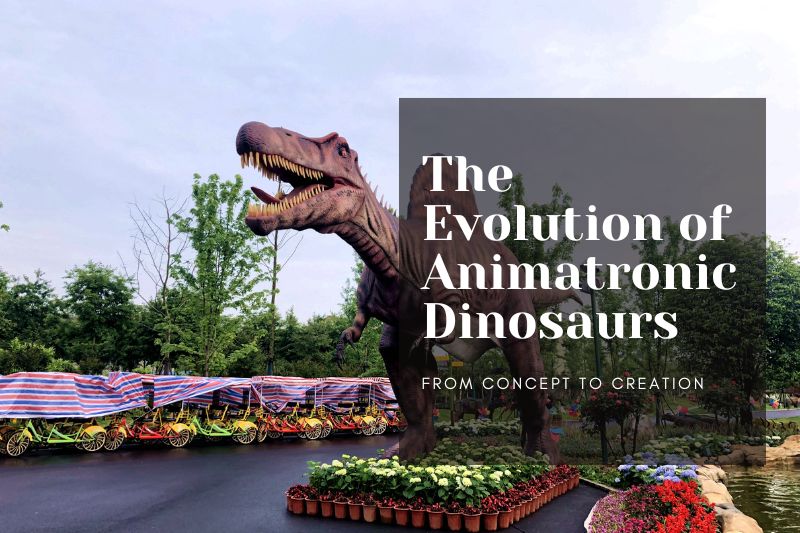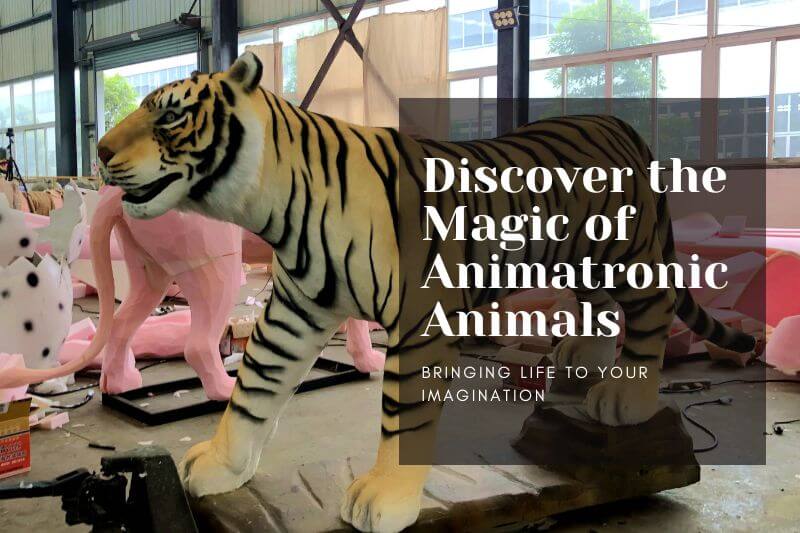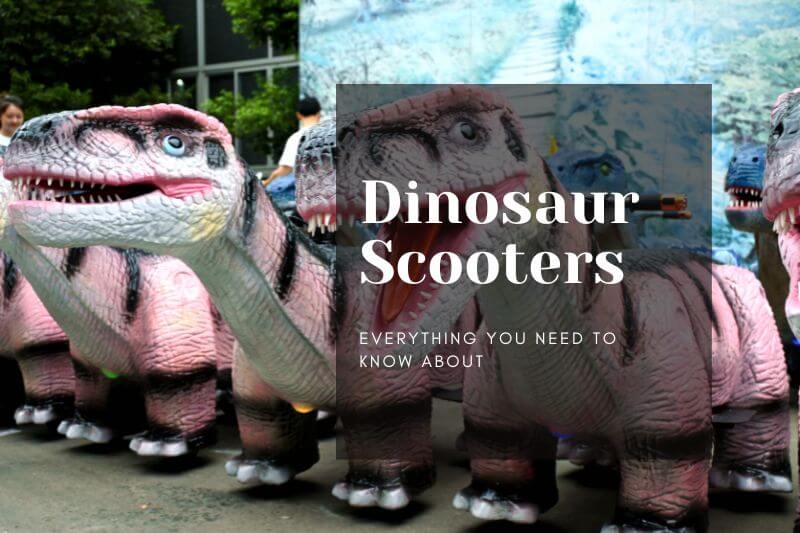Dinosaur Fossils: Windows into Prehistoric Life and Modern Replicas
Date:2024/07/19 Visits:1401
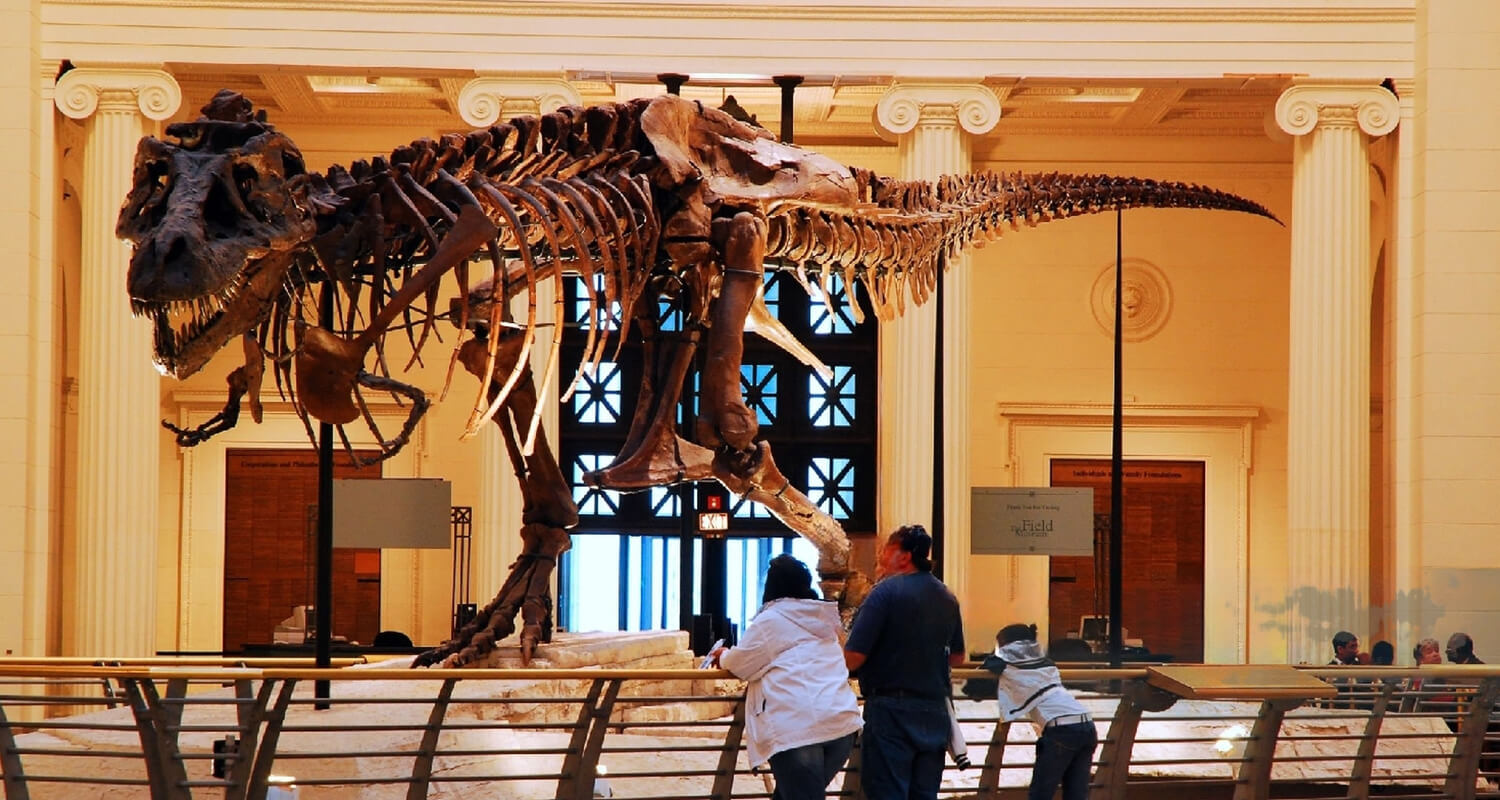 Dinosaur fossils have long captured the imagination of scientists, enthusiasts, and the general public alike. These ancient remnants provide us with crucial insights into the prehistoric world, offering clues about the diversity, behavior, and extinction of these magnificent creatures. In this comprehensive article, we delve into the fascinating realm of dinosaur fossils, from their discovery to the creation of realistic replicas and common questions surrounding these relics of the past.
Dinosaur fossils have long captured the imagination of scientists, enthusiasts, and the general public alike. These ancient remnants provide us with crucial insights into the prehistoric world, offering clues about the diversity, behavior, and extinction of these magnificent creatures. In this comprehensive article, we delve into the fascinating realm of dinosaur fossils, from their discovery to the creation of realistic replicas and common questions surrounding these relics of the past.
Discovery and Significance
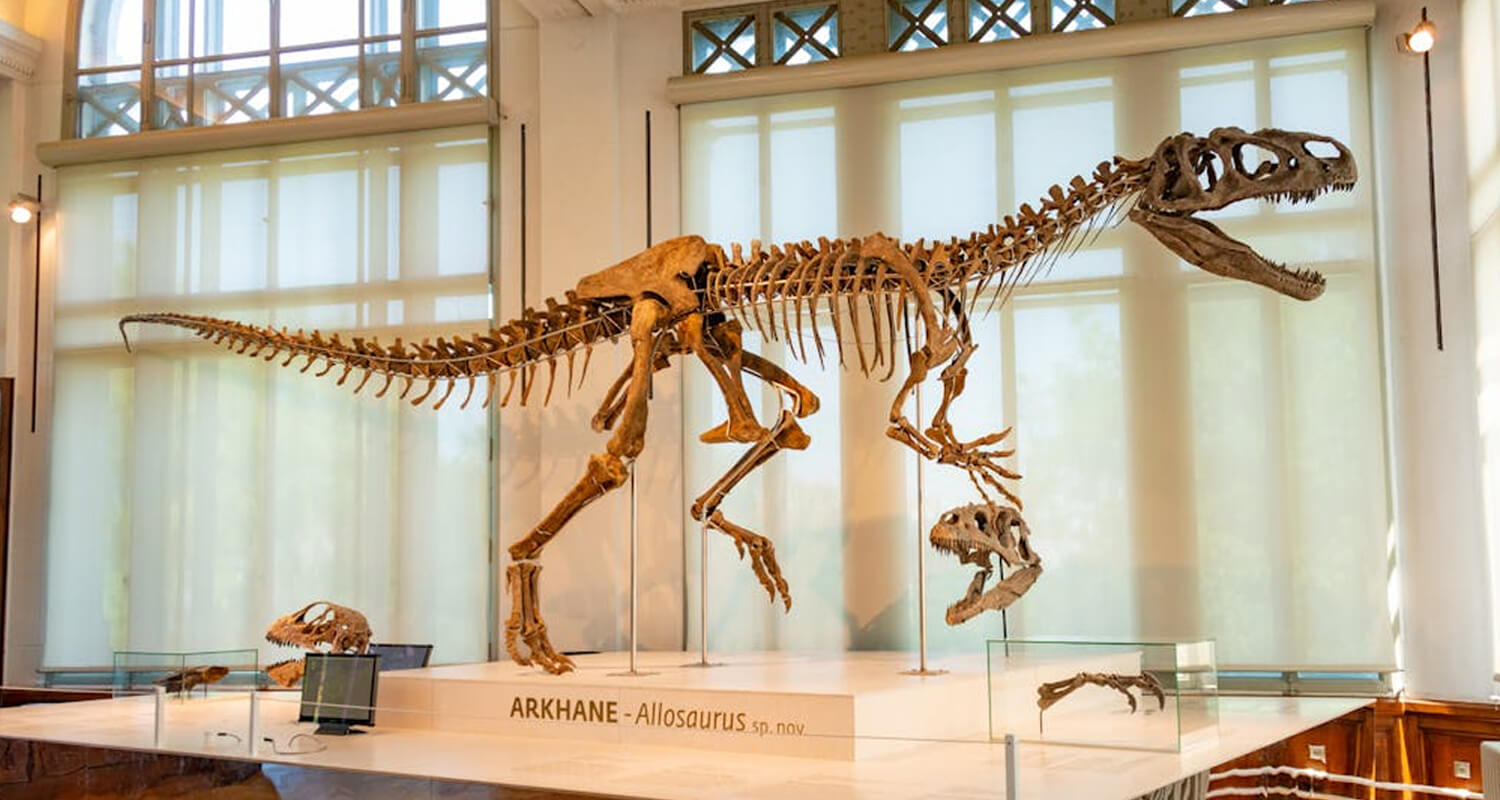 Dinosaur fossils are the preserved remains or traces of dinosaurs, ancient reptiles that roamed the Earth millions of years ago. They are typically found in sedimentary rock layers, where conditions favored their preservation over geological time. The discovery of the first dinosaur fossil in the early 19th century revolutionized our understanding of Earth's history and the evolution of life.
Dinosaur fossils are the preserved remains or traces of dinosaurs, ancient reptiles that roamed the Earth millions of years ago. They are typically found in sedimentary rock layers, where conditions favored their preservation over geological time. The discovery of the first dinosaur fossil in the early 19th century revolutionized our understanding of Earth's history and the evolution of life.
Types of Dinosaur Fossils
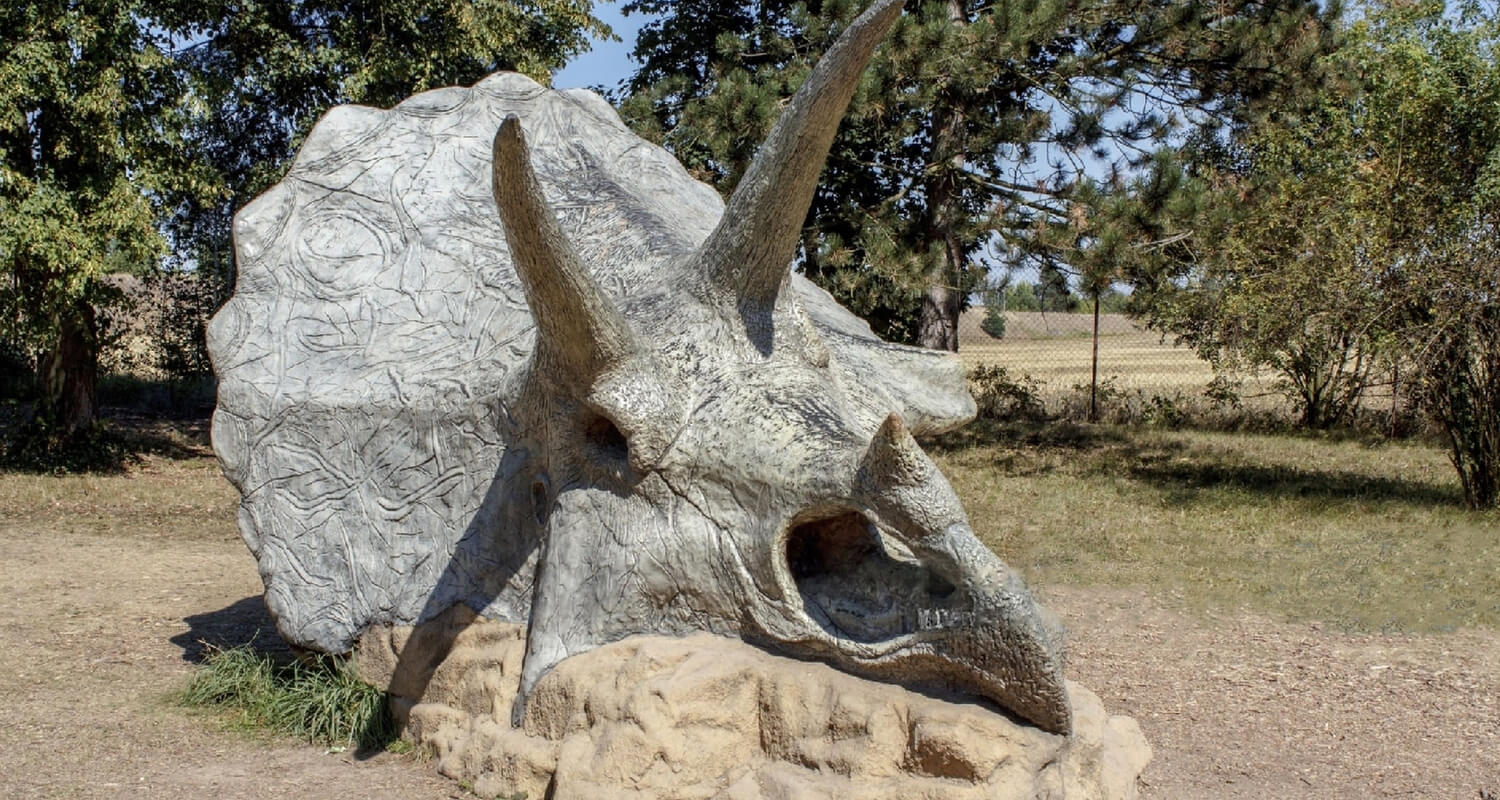 Dinosaur fossils come in various forms, each offering unique insights into these creatures' anatomy and behavior. The most common types include:
Dinosaur fossils come in various forms, each offering unique insights into these creatures' anatomy and behavior. The most common types include:
Bones and Skeletons: These are the most recognizable fossils, comprising the articulated or disarticulated bones of dinosaurs. They range from tiny fragments to nearly complete skeletons like those of Tyrannosaurus rex and Triceratops.
Footprints and Tracks: Impressions left by dinosaurs as they walked across mudflats or sandy shores. These tracks provide evidence of locomotion patterns and group behaviors.
Eggs and Nests: Fossilized dinosaur eggs and nesting sites have shed light on reproductive strategies and parental care among dinosaurs.
Soft Tissue and Skin Impressions: In rare cases, fossilized skin impressions and even traces of soft tissues have been preserved, offering details about dinosaur appearance and physiology.
FAQs About Dinosaur Fossils
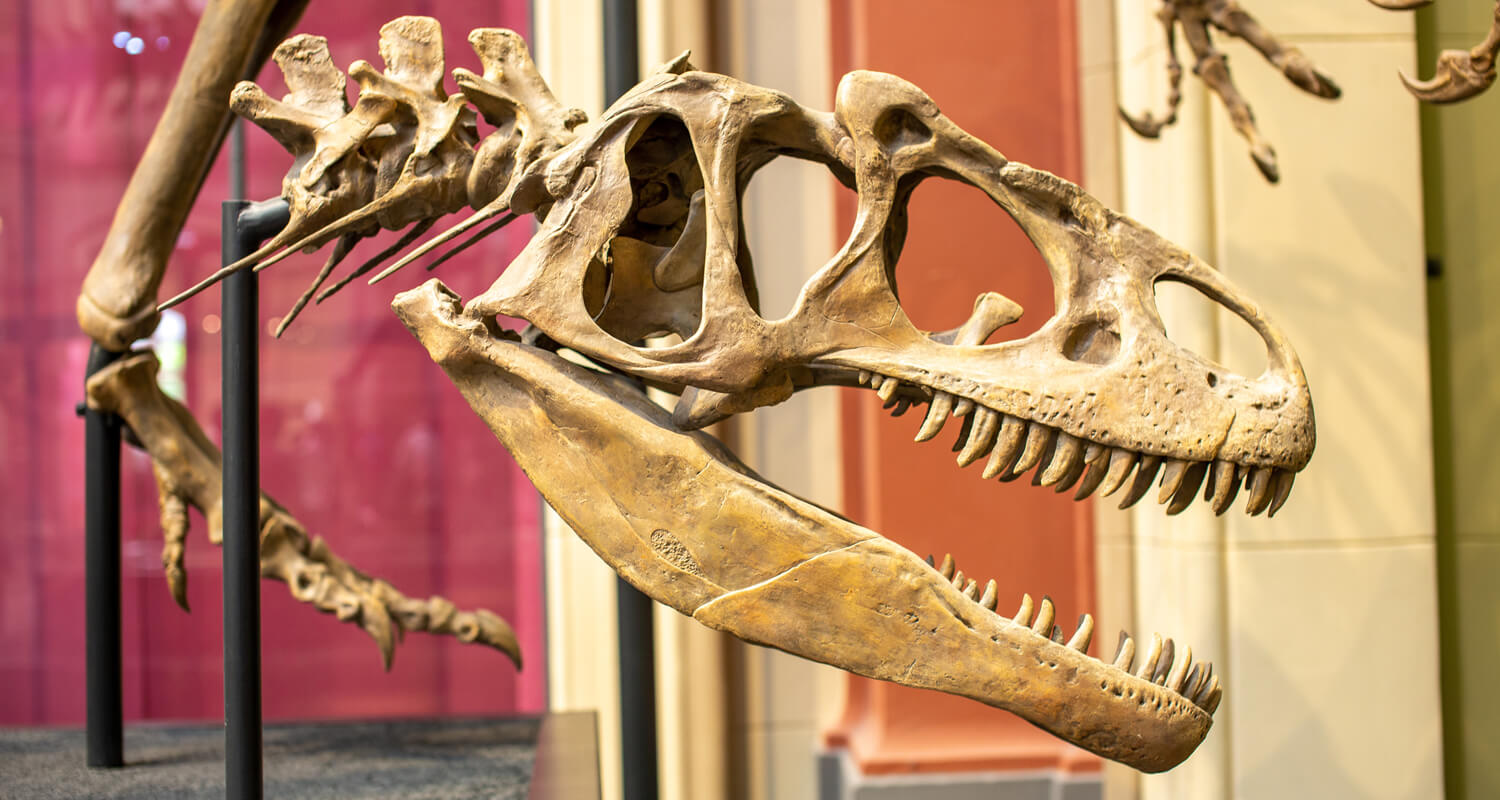 Have dinosaur fossils been found?
Have dinosaur fossils been found?
Yes, dinosaur fossils have been found on every continent. They range from nearly complete skeletons to isolated bones and trace fossils like footprints.
When was the last dinosaur fossil?
The last dinosaur fossils date back to around 65 million years ago, marking the end of the Cretaceous period and the Mesozoic Era.
Could dinosaurs exist again?
While modern science has not discovered a way to bring dinosaurs back to life, ongoing research in genetics and paleontology continues to deepen our understanding of these ancient creatures.
Dinosaur Fossil Replicas in Gecai
In recent years, the demand for dinosaur fossil replicas has grown significantly. Institutions, collectors, and educational facilities seek accurate reproductions to bring the wonder of dinosaurs to life. Gecai, a renowned provider of dinosaur fossil replicas, stands at the forefront of this industry.
How We Make Dinosaur Fossil Replicas
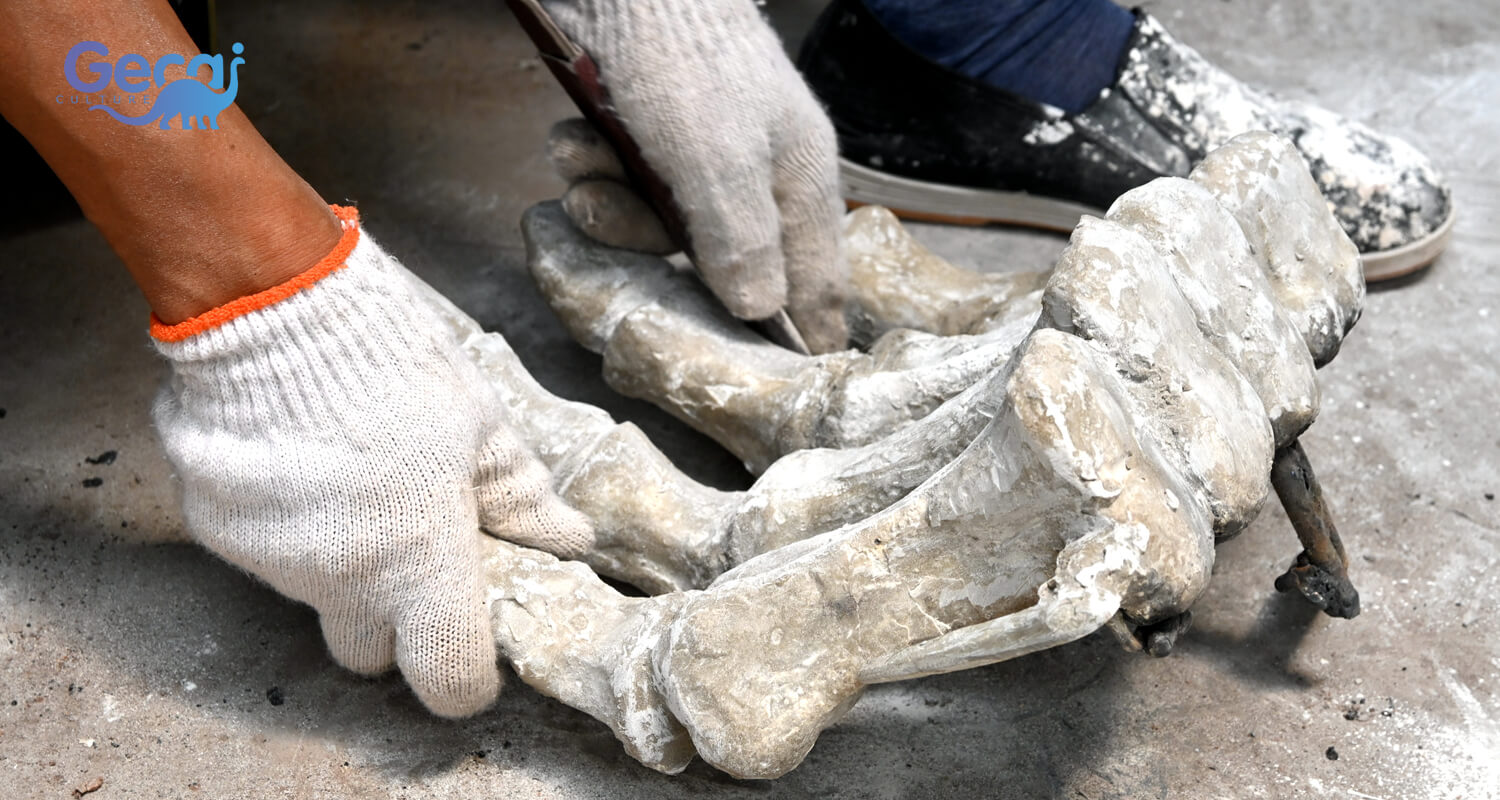 Gecai employs advanced techniques to create highly realistic dinosaur fossil replicas. The process begins with meticulous research and study of original fossils to ensure accuracy. Skilled artisans then use durable materials to craft detailed replicas that capture the texture, shape, and coloration of the original fossils.
Gecai employs advanced techniques to create highly realistic dinosaur fossil replicas. The process begins with meticulous research and study of original fossils to ensure accuracy. Skilled artisans then use durable materials to craft detailed replicas that capture the texture, shape, and coloration of the original fossils.
Details of the Dinosaur Fossil Replicas
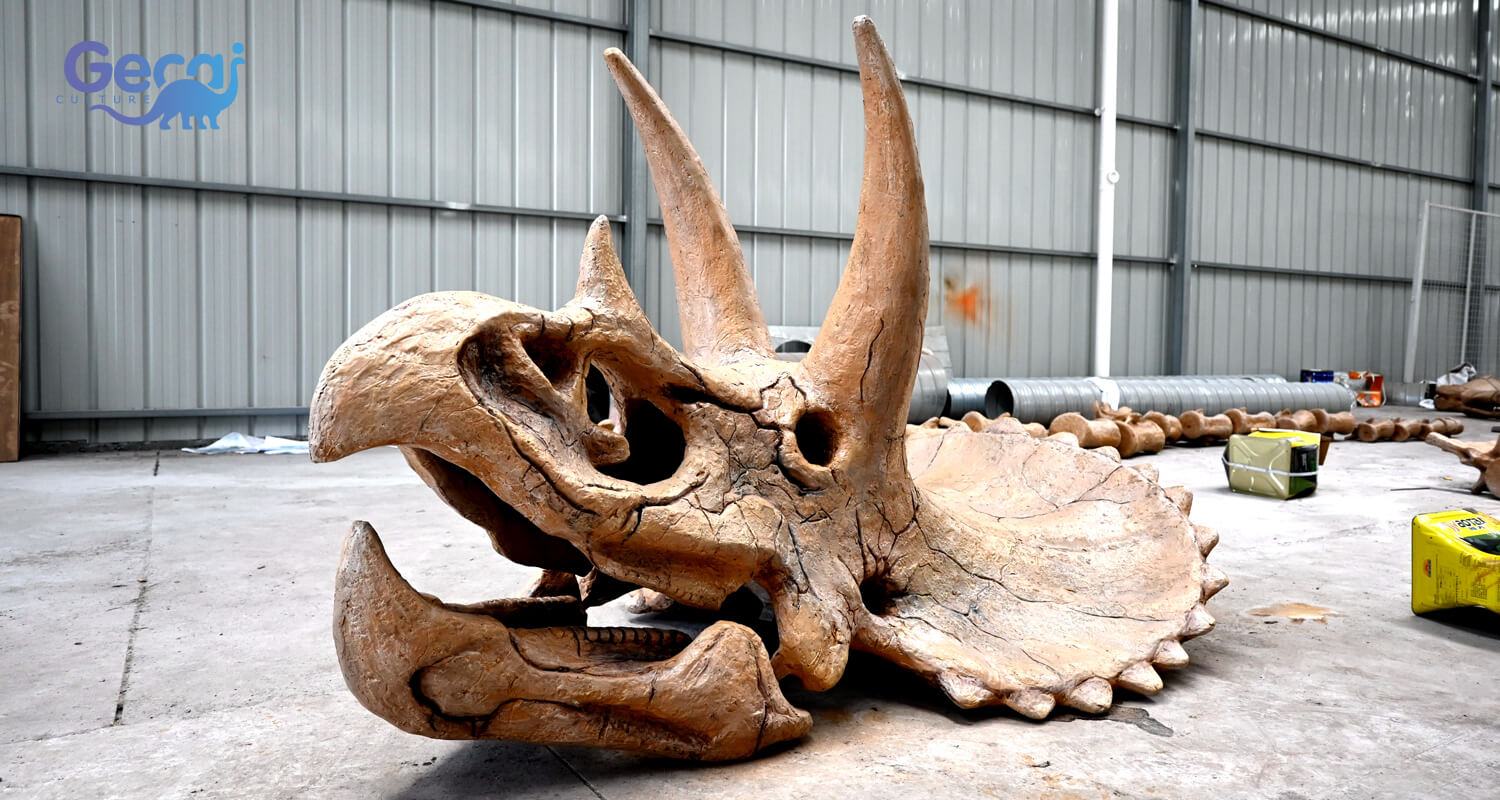 Gecai's replicas are known for their authenticity and quality. Each replica undergoes rigorous quality control to meet scientific standards and aesthetic appeal. Whether it's a towering Tyrannosaurus skull or a delicate Velociraptor claw, Gecai's replicas bring the majesty of dinosaurs into exhibits, classrooms, and private collections worldwide.
Gecai's replicas are known for their authenticity and quality. Each replica undergoes rigorous quality control to meet scientific standards and aesthetic appeal. Whether it's a towering Tyrannosaurus skull or a delicate Velociraptor claw, Gecai's replicas bring the majesty of dinosaurs into exhibits, classrooms, and private collections worldwide.
Conclusion
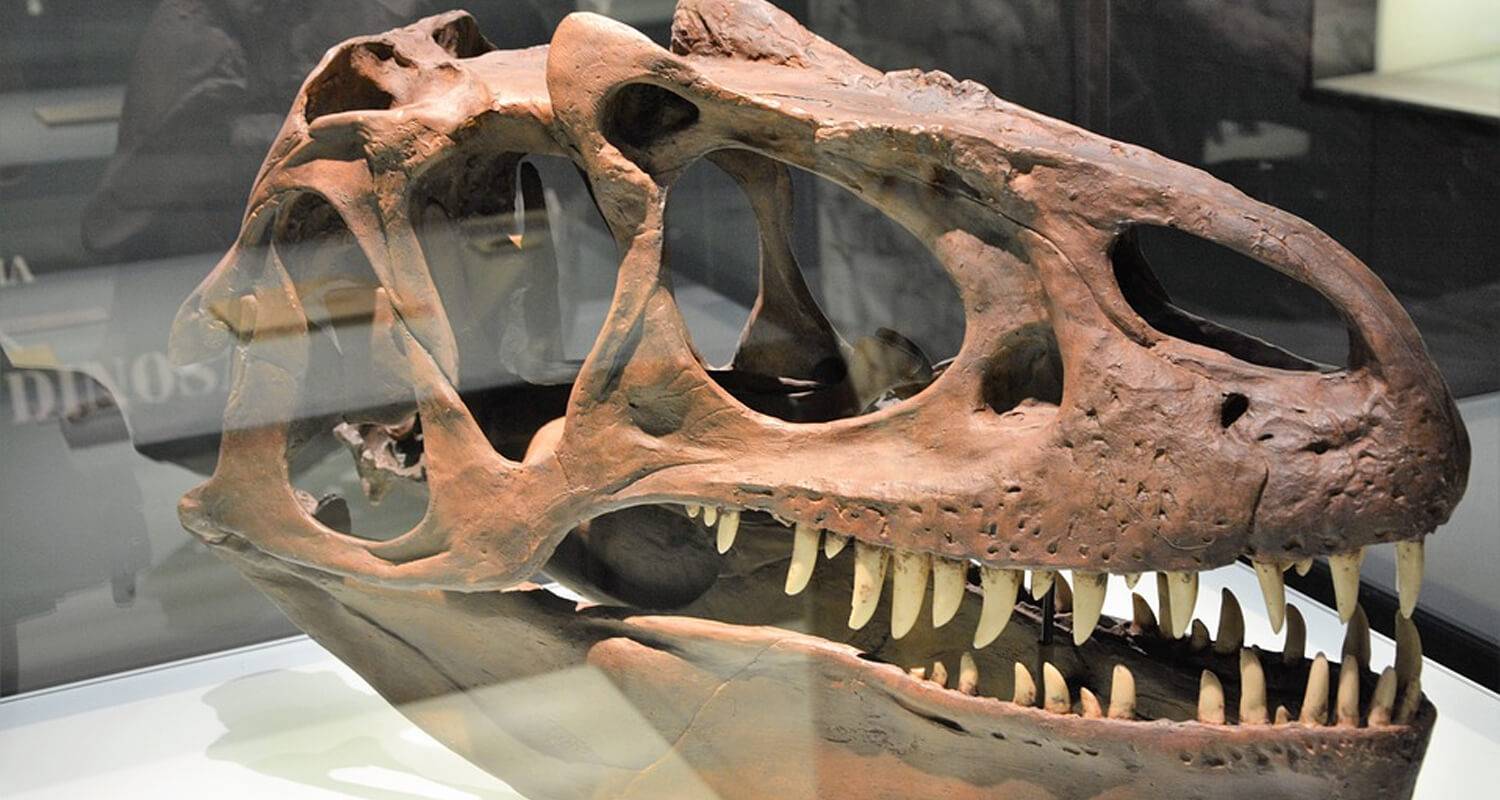 Dinosaur fossils continue to inspire awe and wonder, serving as windows into a distant past dominated by giants. From their discovery in remote corners of the Earth to the creation of faithful replicas, these fossils play a crucial role in unraveling the mysteries of prehistoric life. As technology advances and our knowledge expands, the study of dinosaur fossils promises even greater revelations about the Earth's ancient inhabitants.
Dinosaur fossils continue to inspire awe and wonder, serving as windows into a distant past dominated by giants. From their discovery in remote corners of the Earth to the creation of faithful replicas, these fossils play a crucial role in unraveling the mysteries of prehistoric life. As technology advances and our knowledge expands, the study of dinosaur fossils promises even greater revelations about the Earth's ancient inhabitants.
In summary, dinosaur fossils are not just relics of the past but keys to unlocking the secrets of our planet's history. Whether in museums, research labs, or private collections, their legacy endures as a testament to the marvels of evolution and the enduring fascination with dinosaurs.








